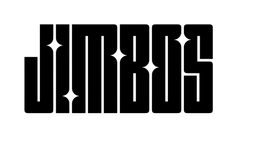Rotary vs DA Polisher Pads: Do You Need Different Ones?
Your machine type—rotary or dual‑action (DA)—dictates pad behavior more than many realize. A pad that excels on a rotary might underperform on a DA, and vice versa.
In this post, we’ll explore pad selections for each tool, why they matter, and how Picture Perfect Polish adapts to both systems seamlessly.
Rotary Pads: Firmness Matters
Rotary machines generate high heat and direct pressure, so firm cutting pads (like microfiber or burgundy foam) are ideal. These pads bite into the paint surface for fast defect removal—but need careful technique to avoid damage.
DA (Dual‑Action) Pads: Softer, Safer Correction
DA machines oscillate, reducing heat and swirl risk. They work best with foam pads—especially medium to soft foam like the Burgundy Cut & Finish and Black Final Polish pads, which deliver controlled correction without unnecessary risk.
How Picture Perfect Polish Performs on Each
- Rotary + Microfiber or Burgundy pad: Maximum cut and correction speed
- DA + Burgundy pad: Balanced one-step cut and finish
- DA + Black Final Polish pad: Refined finishes, low risk on dark or soft paint
No need for different formulas—just match pad and machine to the job.
One Polish. Any Machine.
- Rotary or DA? Picture Perfect Polish flexes to both.
- Use Burgundy pad for correction, Black for gloss.
- No dust, long working time, clean wipe-off.
Whether you're running rotary speed or DA safe, your pad selection makes all the difference.
Pad Selection Checklist
- Rotary? Go firm—microfiber or Burgundy pad.
- DA? Start with Burgundy foam, finish with Black polish pad.
- Soft/dark paint on DA? Black pad w/ gentle speed = low-risk gloss.



